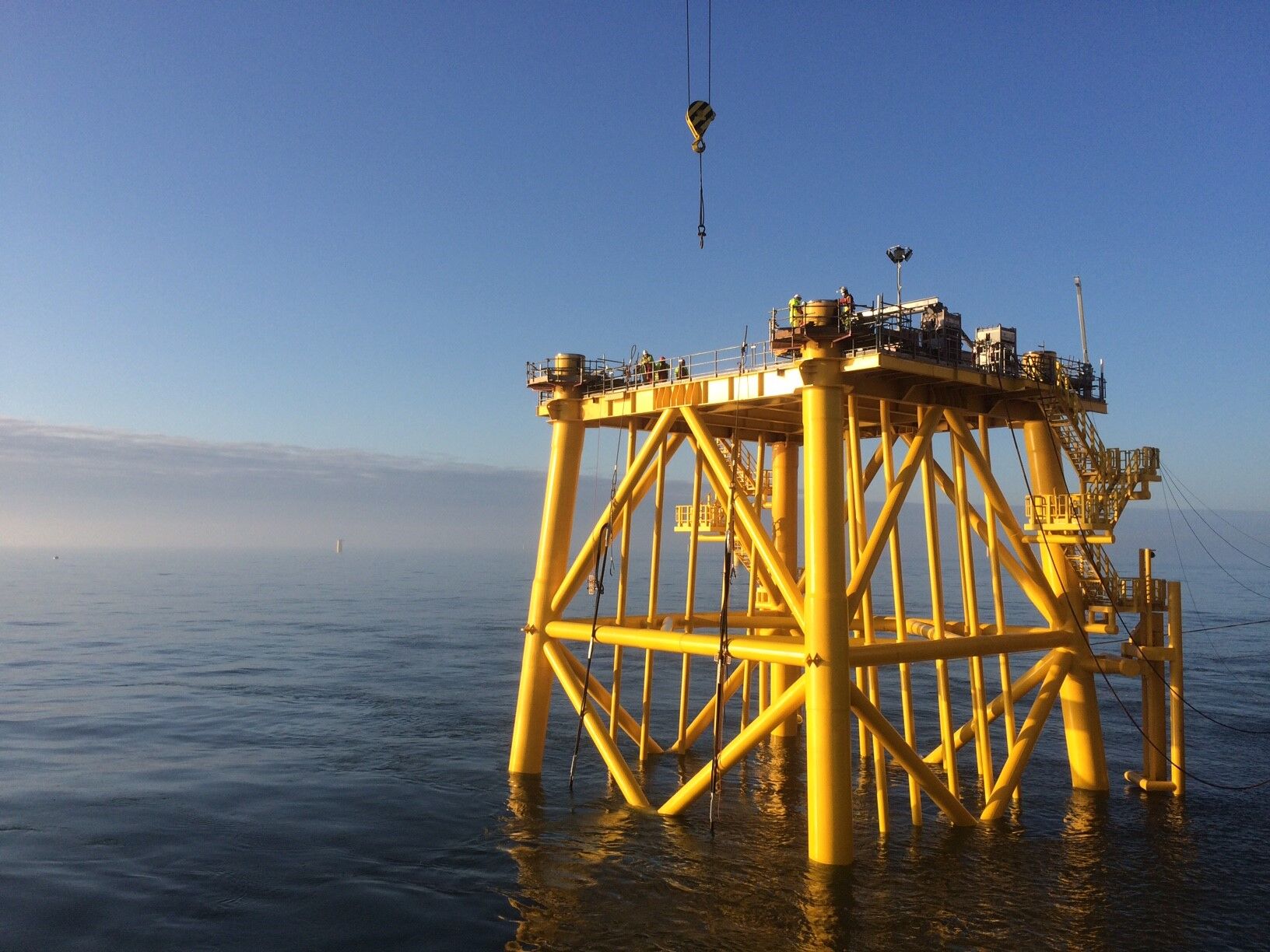Iran's Offshore Engineering and Construction Company has installed the new jacket of an offshore platform for Phase 13 of South Pars Gas Field in the Persian Gulf, the director of Phase 13 development project said.
“Docking operation to install the 13A platform jacket was carried out with the help of domestic Oceanic 5000 crane ship,” Payam Motamed was quoted as saying by the official portal of the National Iranian Oil Company on Wednesday.
According to the official, the new 1,500-ton jacket that was carried to its location last month was fixed on four columns adjacent to 11 offshore wells that had already been drilled.
Pointing to an accident that destroyed the previous jacket, Motamed said, "In March 2015, a Singapore-flagged oil tanker, the Alpine Eternity, inadvertently collided with and significantly damaged the offshore platform jacket."
Jacket refers to the steel frame supporting the deck and the topsides in a fixed offshore platform. According to reports, the topsides—the upper half of the structure—had not been mounted on the jacket when the incident took place.
Highlighting that the collision has created a very dangerous situation for the wells, Motamed noted that domestic experts rebuilt the wellhead installations and drilled a series of new wells in four months.
The official added that the 72-meter-high offshore jacket, on which the main platform will be installed, is entirely manufactured by Iranian engineers at Iran Marine Industrial Company.
The development of Phase 13 involves drilling 38 production wells.
Pipe-Laying Operations
According to the official, pipe-laying operations to connect the platform of Phase 13 to onshore facilities in the port city of Asalouyeh were completed early this month.
"The construction of the pipeline commenced in the middle of June and was completed in 75 days," he said.
“The 96-kilometer pipeline, connecting Phase 13 to onshore infrastructure, was an important component in Iran's efforts to boost natural gas production from the world's largest gas field it shares with Qatar,” Motamed said, adding that a second pipeline is expected to be laid by March next year, which will make it possible to produce 56 million cubic meters of gas per day from Phase 13.
Phase 13, one of the 24 South Pars phases whose development started in 2010, is also aimed at producing 80,000 barrels of gas condensate per day and 400 tons of sulfur as well as 1.1 million tons of liquefied petroleum gas and 1 million tons of ethane annually to provide petrochemical plants with feedstock.
South Pars is the world’s largest gas field, shared between Iran and Qatar, covering an area of 3,700 square kilometers of Iran’s territorial waters in the Persian Gulf.
In fiscal 2016-17, gas production from South Pars increased to 520 mcm/d, up more than 150 mcm/d compared with the previous year. Iran’s total gas output is at 885 mcm/d, according to published reports.


